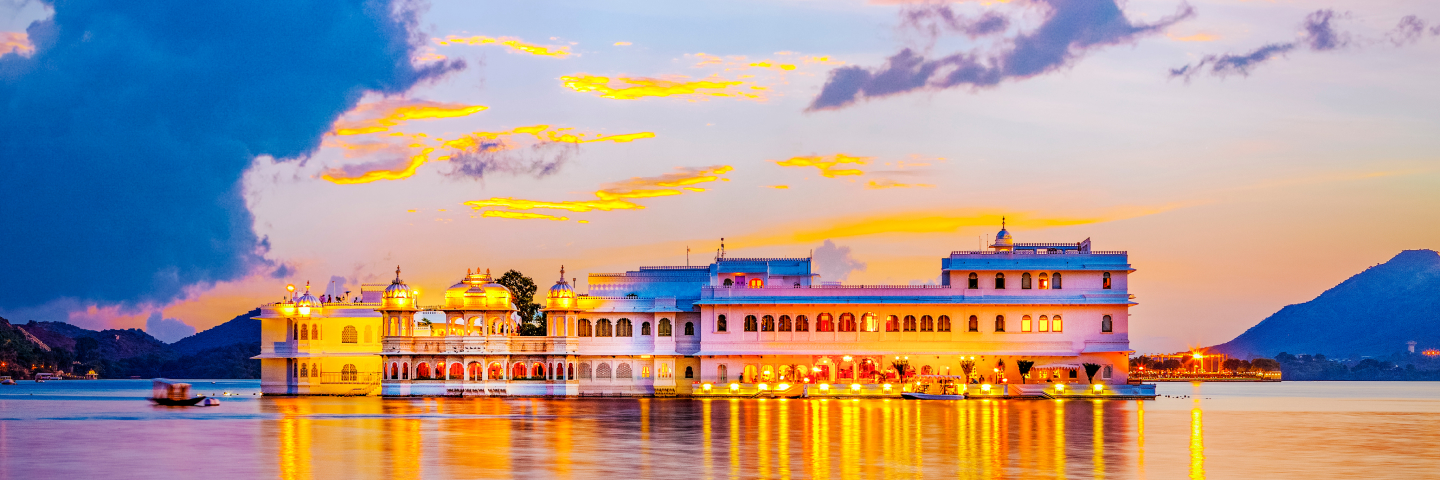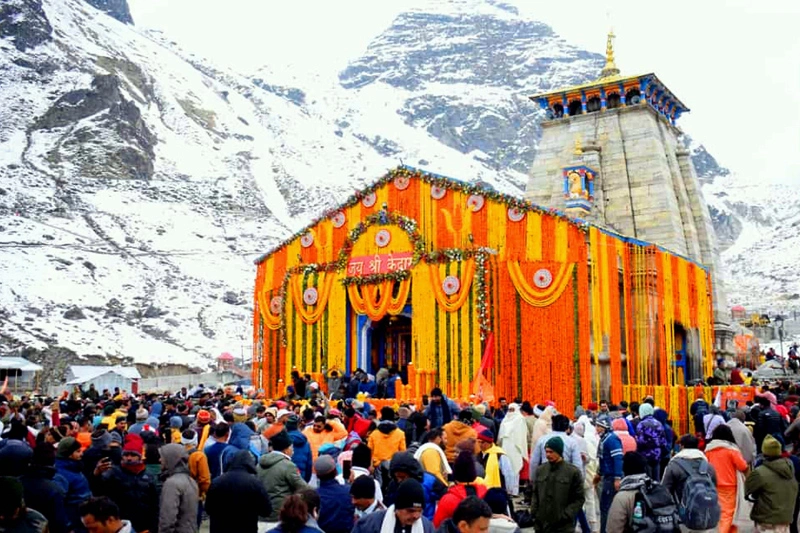Best Taxi Service in Dehradun
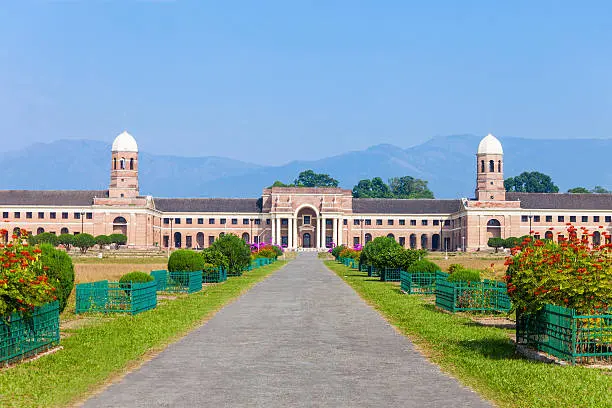
Dehradun Taxi Service
Traveling holds the promise of adventure, discovery, and relaxation. Yet, the journey itself can often be riddled with stress and inconvenience, especially when it comes to transportation. However, with the trusted and renowned Anywhere Taxi Service in Dehradun, your travel experience transforms into a seamless and enjoyable affair. Our commitment to cleanliness, affordability, and exceptional customer service sets us apart as the premier choice for all your transportation needs.
Read MoreDehradun To Chopta Taxi Service
Choptais a picturesque hill station located in the Uttarakhand region of India and is known for its natural beauty and trekking opportunities. So if you are planning to visit the best palces in Uttarakhand don't miss out this one. For a safe and reliable journey book Dehradun to Chopta taxi service with us you can also book a cab with us from Dehradun ISBT, Railway station and Jollygrant airport for one way and round trip to Chopta.
Read More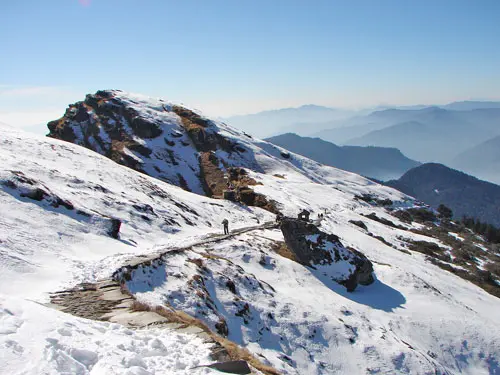
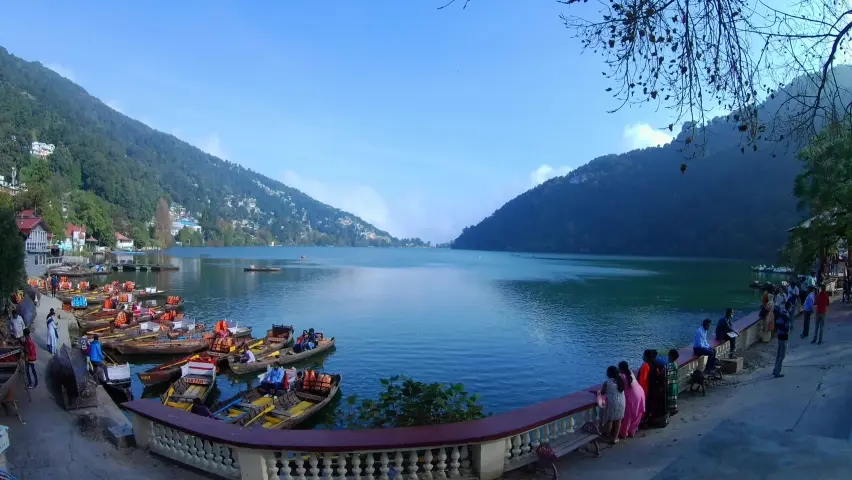
Dehradun To Nainital Taxi Service
Nainital is a popular hill station in the Indian state of Uttarakhand. Nainital is the judicial capital of Uttarakhand, the High Court of the state being located there, and is the headquarters of the Kumaon division as well as an eponymous district.
Nainital Lake, a natural freshwater body, situated amidst the township of Nainital in Kumaon, tectonic in origin, is kidney shaped or crescent shaped and has an outfall at the southeastern end. Nainital is most popular hill station of Kumaon district.
Read MoreDehradun to Delhi Taxi Service Fare

Here we offer Mini car for local Dehradun Sightseeing & for all outstation trip at:
- Rs 11 per km outstation trip

Here we offer Sedan car for all outstation trip & Dehradun local at:
- Rs 15 & 16 per km outstation trip

Book our Ertiga car for Dehradun local & for outstation trip at below fare:
- Rs 15 & 16 per km outstation trip

Book our Innova Crysta car for Dehradun local & for outstation trip at below fare:
- Rs 20 per km outstation trip
We have all types of cabs and expert drivers to cater all your travelling needs in Dehradun. With our expertise in this field you can totally rely upon us. We believe in keeping the level of service up so that our all customers get the best every time. We provide taxi service for all cities in North India. Book outstation taxi service at pocket-friendly rates with us.
Read More
Why Any Where Cab
Best Taxi Service in Dehradun - Anywhere Taxi Service
Anywhere Taxi Service offers you your best-trusted partner to get sound transportation facilities here in Dehradun. We are all here to provide a short-town hop or a reliable and on-time ride to the airport. Being the best taxi service in Dehradun, we proudly offer timely, safe, and budget-friendly taxi solutions for all your needs.
Why Us?
- Experienced and Friendly Drivers: All the chauffeurs have multiple years of driving experience, are well-trained, and are knowledgeable about all the nooks and corners of Dehradun. We assure you a hassle-free, safe, and thrilling ride to any destination you want.
- On-Time and Trustworth Service: We value your precious time. Whether it is a local taxi in Dehradun or an airport taxi in Dehradun, we promise to pick up and drop you at the correct hour.
- 24/7 Customer Support: Our taxi booking service is working all times of the day and night so that you never have to wait for a ride. You can book any taxi at any time, either from our website or even from your phone.
- Well-Kept Fleet: Cars to Rent from here are mostly Sedans, SUVs up to luxury cars as we offer car rental in Dehradun services so you can go with the event or occasion you are planning to attend for-from daily commutes to special occasions.
- Affordable Fares/Rates: Being the best cab service in Dehradun, we offer you a cut-throat price without compromising the quality. This way, you are assured of getting value for every ride from transparent and upfront fares.
Services We Offer
Airport Taxi Service in Dehradun: Hassle-free transport to and from the airport.
- Local Taxi Service: Get around Dehradun hassle-free, be it for shopping, sightseeing, or business meetings.
- Local Taxi Bookings: Get a ride without any hassle from our online portal or even by just calling us.
- Car Rental in Dehradun: Choose one's car for special occasions or long trips
- One-way and round trip: We provide one-way as well as round trip services at the most affordable price.
- Hill Station Booking: If you are looking for a cab for hill station booking then you can also book anywhere cab service. We serve all over India.
- Tour Packages: Tour packages are also available so feel free to contact us for a trip booking.
- Pick And Drop Services: We also provide pick and drop service at a cheap price. It means you don’t need to go anywhere outside. Our cab service picks you from your place and drops you at your destination on time.
At Anywhere Taxi Service, we respect each one of our customers. Whether you are residing here or a tourist in this beautiful city, we are committed to giving you the best possible travel services in Dehradun.
Book today to have the most comfortable, reliable, and affordable ride with us!
Popular destinations to visit in Dehradun
As you know, Dehradun is a very beautiful place in Uttarakhand. You can visit a lot of places in Dehradun that you would like so much. Here, we give a list of the best places to visit in Dehradun. Have a look.
- Robber's Cave: It is a natural cave formation with a stream passing through it. Every year during summer vacation, a lot of people come here with their families to enjoy their vacations. The distance of Robber's Cave from ISBT Dehradun is about 14.6 km which you can cover with anywhere taxi service with comfort.
- Forest Research Institute: It is commonly known as FRI.It is a popular place for nature lovers. Every year tourists come to explore the museum and the nature surrounding it. The distance of FRI from ISBT Dehradun is about 7.5 km which you can cover with anywhere taxi service with comfort.
- Tapkeshwar Temple: It is a very popular place as it attracts devotees and tourists alike. Every year tourists come to experience its spiritual ambiance. The distance of Tapkeshwar Temple from ISBT Dehradun is about 9.5 km which you can cover with anywhere taxi service with comfort.
- Mindrolling Monastery: It is one of the largest Buddhist centers in India known for its architecture and peaceful garden. Every year people come to visit to experience its serene environment. The distance of Mindrolling Monastery from ISBT Dehradun is about 10.5 km that you can cover with anywhere taxi service with comfort.
- Rajaji National Park: Rajaji National Park, is known for its lush forests and diverse wildlife. It attracts nature lovers and adventure seekers. Every year, families and wildlife lovers visit to enjoy thrilling rides. The distance from ISBT Dehradun to Rajaji National Park is approximately 21 km, and you can conveniently travel to this natural haven with Anywhere Taxi Service, ensuring a comfortable and enjoyable journey.
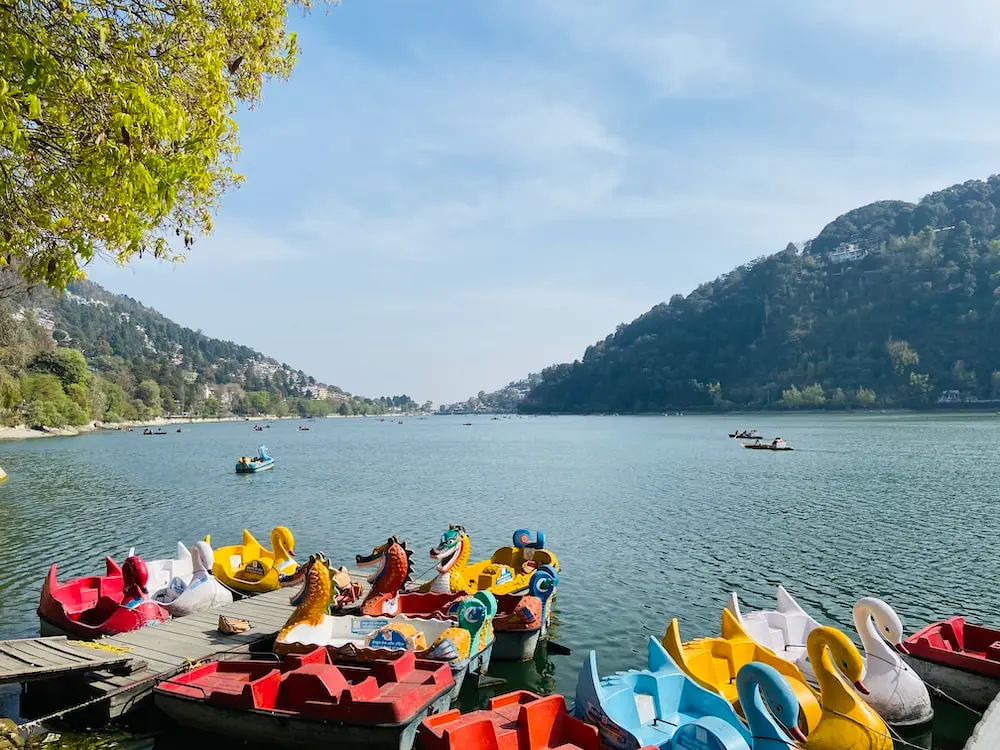
Nainital is renowned for its scenic beauty, pristine lakes, and lush green surroundings. Book a cab with us for exploring the beauty of Nainital
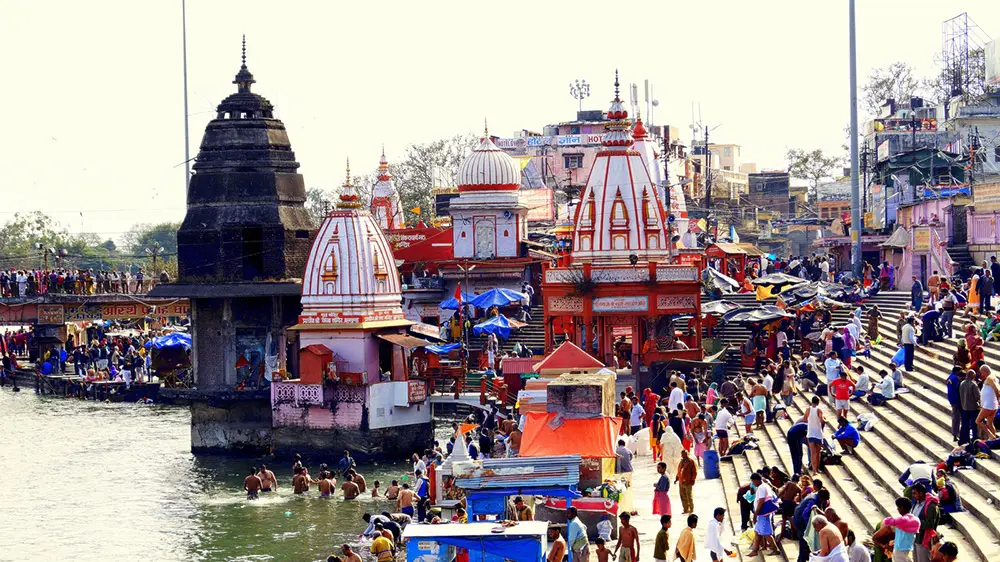
Haridwar is one of the seven holiest places in Hinduism and holds immense spiritual and cultural significance. Experience the Ganaga Aarti travel with us.
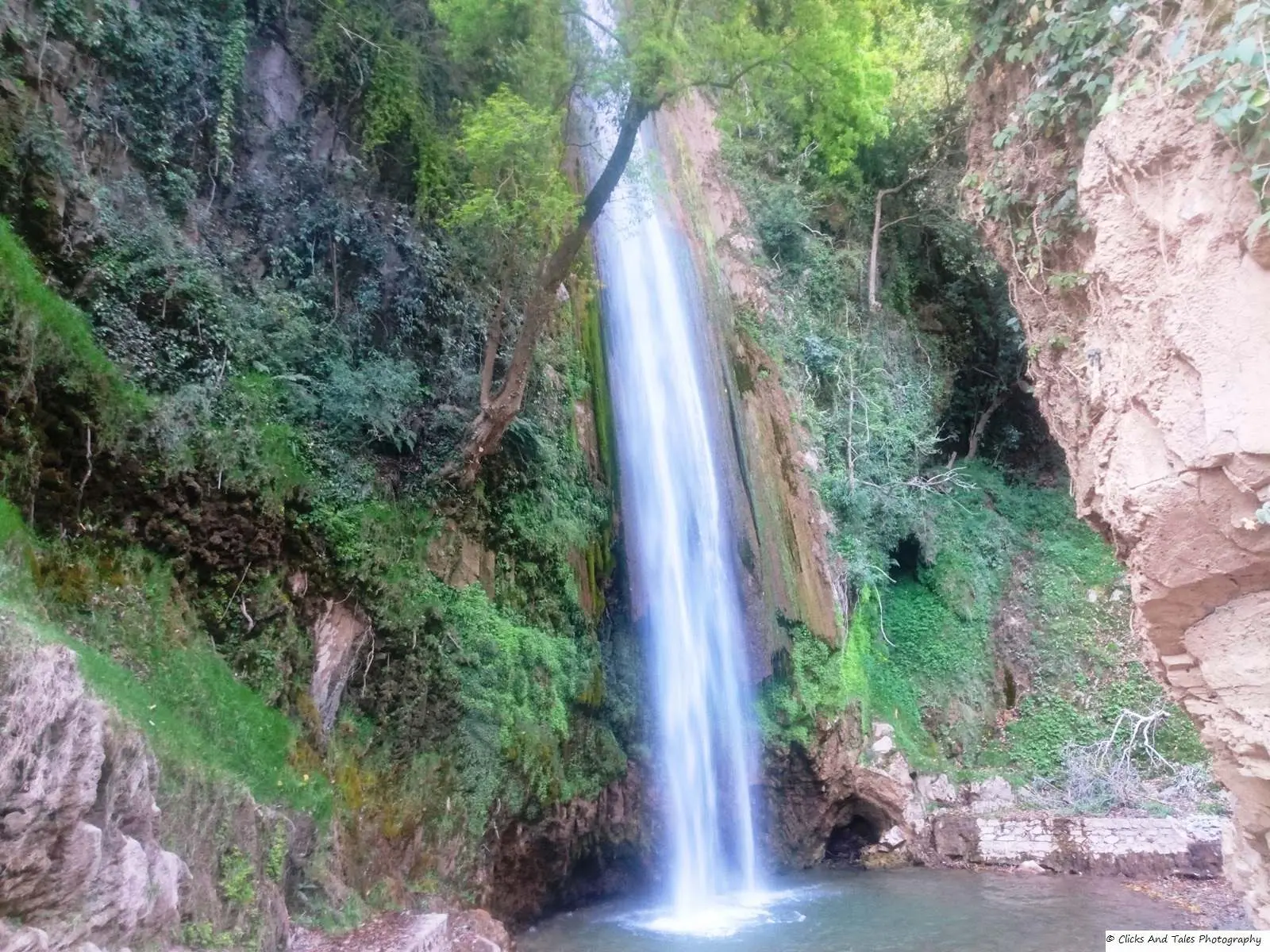
Situated in the Garhwal region of the Himalayas, Chakrata is known for its natural beauty, lush forests, and panoramic vistas.
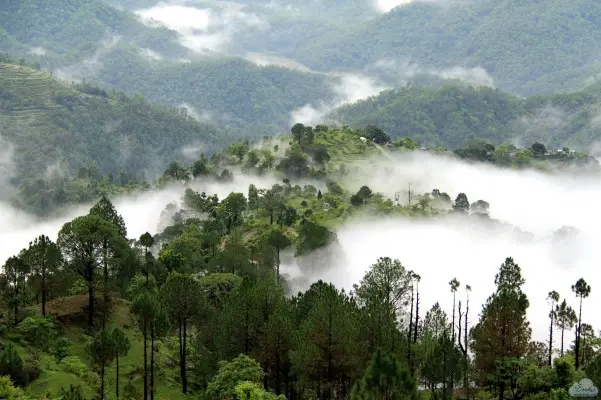
It offers a serene retreat away from the hustle and bustle of city life, making it a popular destination for nature lovers.
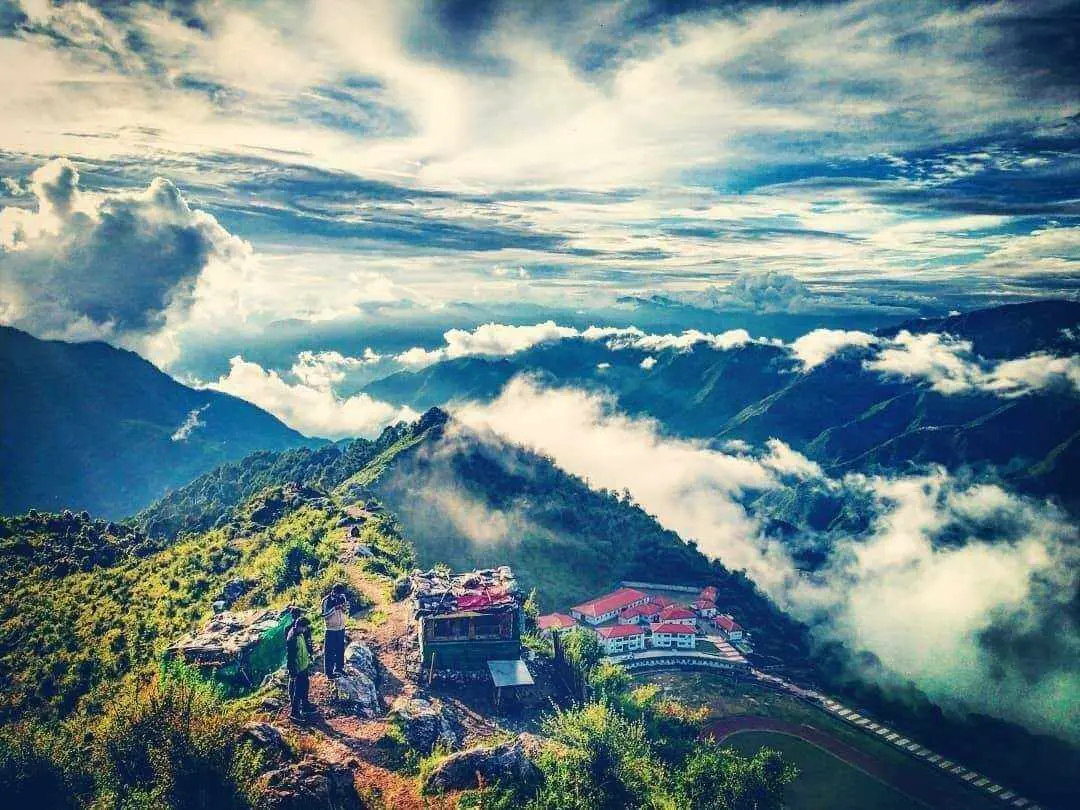
It has long been a favorite destination for tourists, offering a range of attractions, from scenic viewpoints to waterfalls, making it a charming hill station.
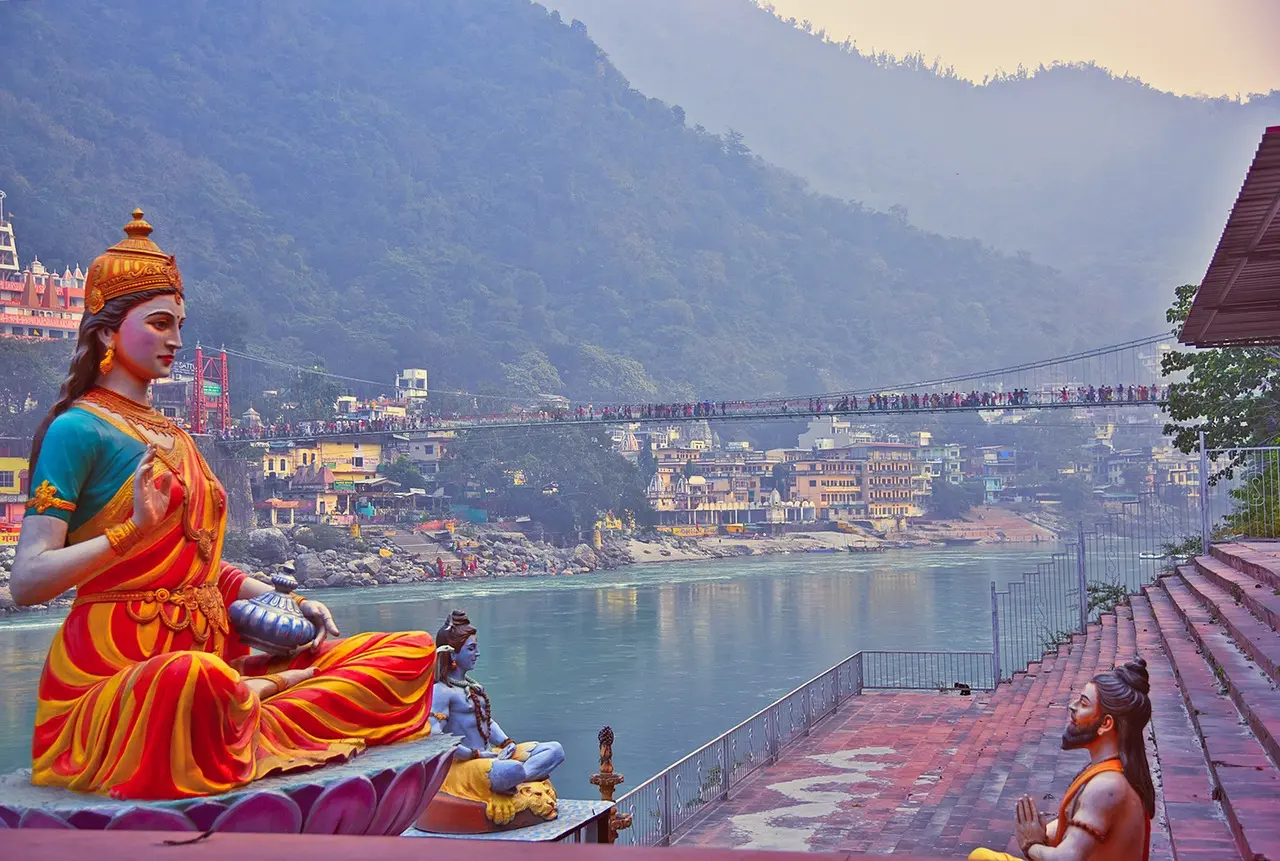
It is renowned for its spiritual significance, yoga retreats, and ashrams, drawing yoga enthusiasts and seekers from around the world.

Dhanaulti offers a perfect retreat for nature lovers and those seeking a quiet
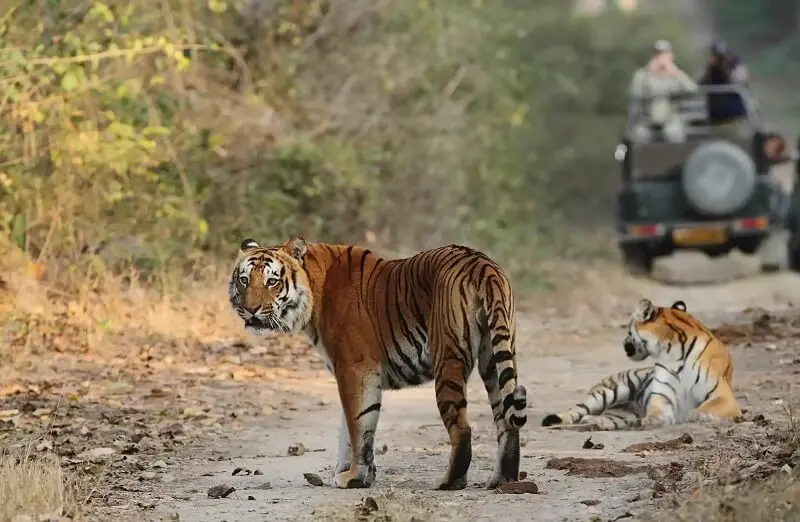
It gives you the opportunity to witness a wide range of wildlife species, making it a top destination for wildlife enthusiasts.
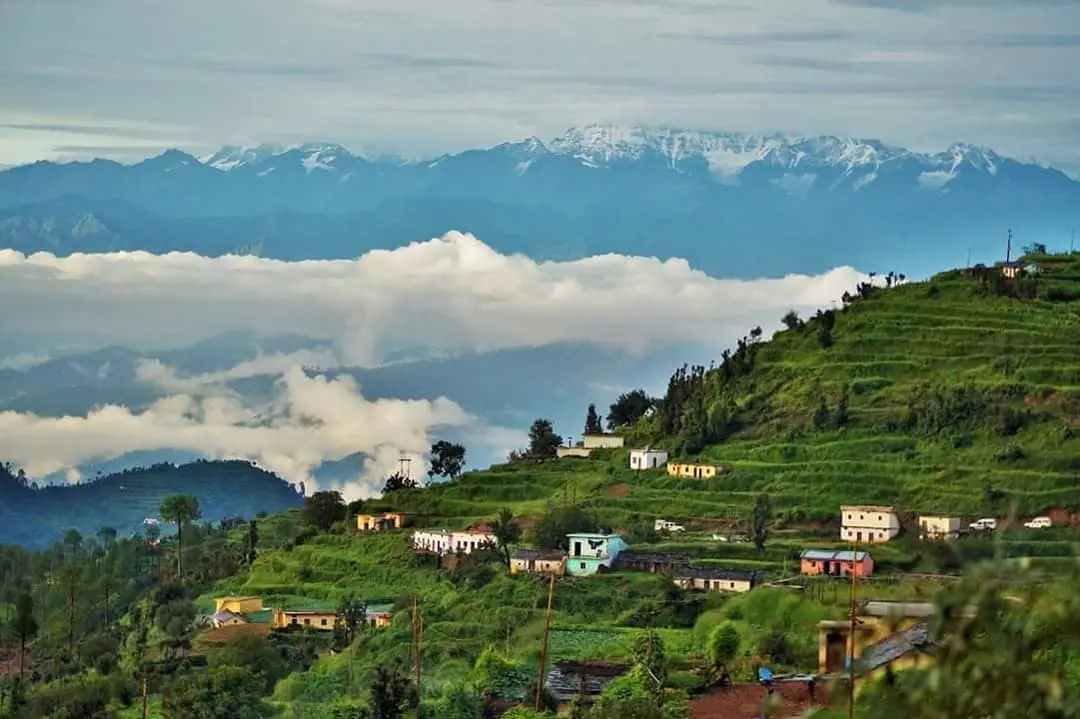
Kanatal is known for its serene environment, lush greenery, and panoramic views of the Himalayan range.
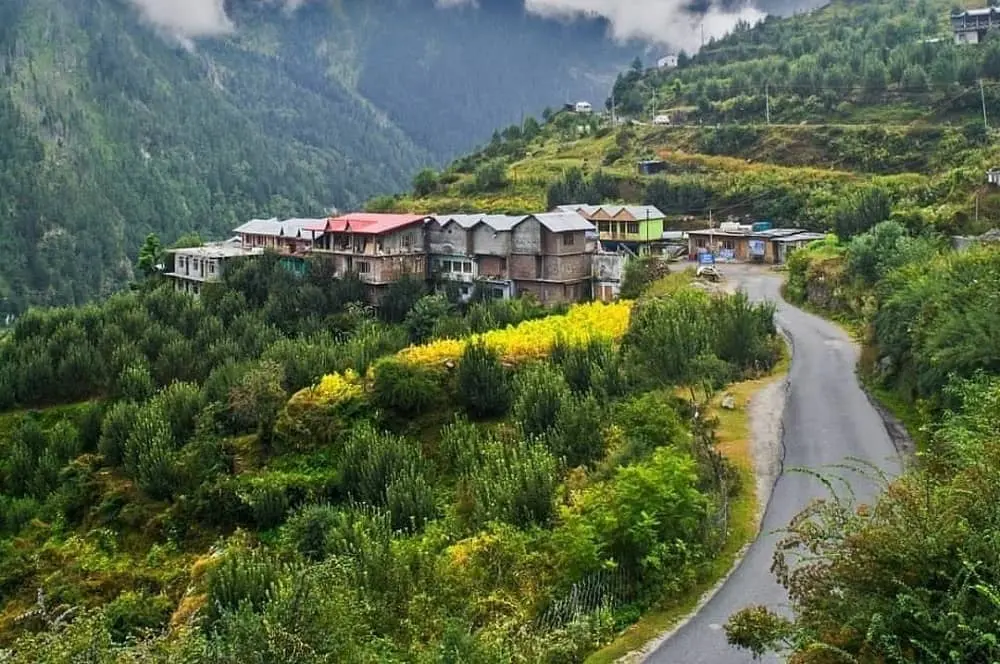
It is situated on the banks of the holy Bhagirathi River and is a significant pilgrimage destination for devotees.
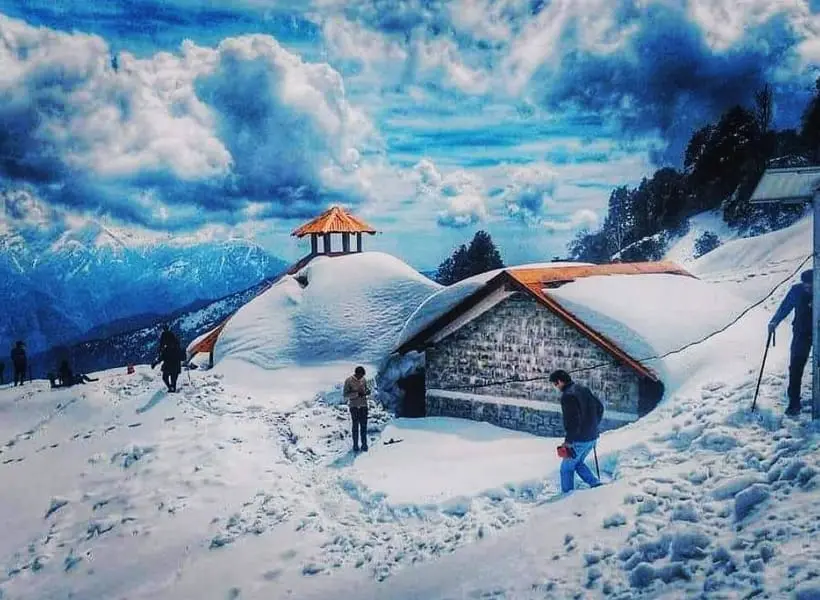
Munsiyari offers stunning views of several Himalayan peaks, including Nanda Devi, Trisul, Panchachuli & Rajrambha.
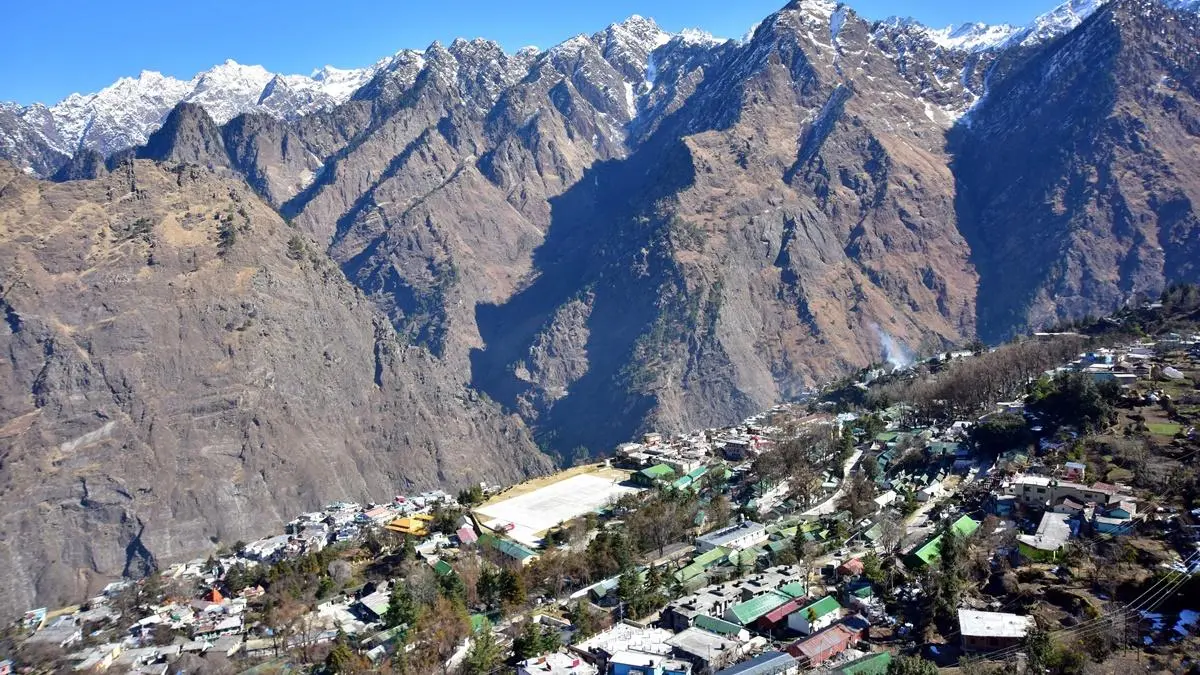
It serves as a base for various trekking and adventure activities in the surrounding Himalayan region.
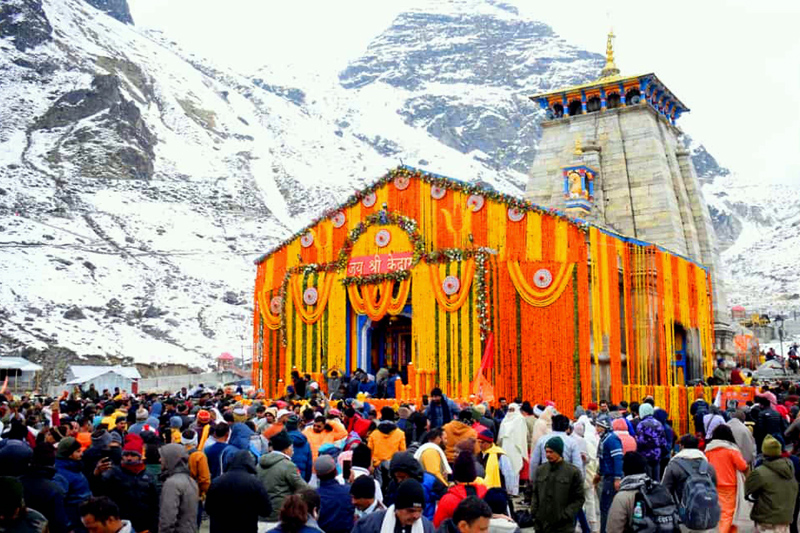
Chardham Yatra Trip Gangotri, the seat of Goddess Ganga, is flocked by many pilgrims per annum. Gangotri Dham is found 19 ...
Read More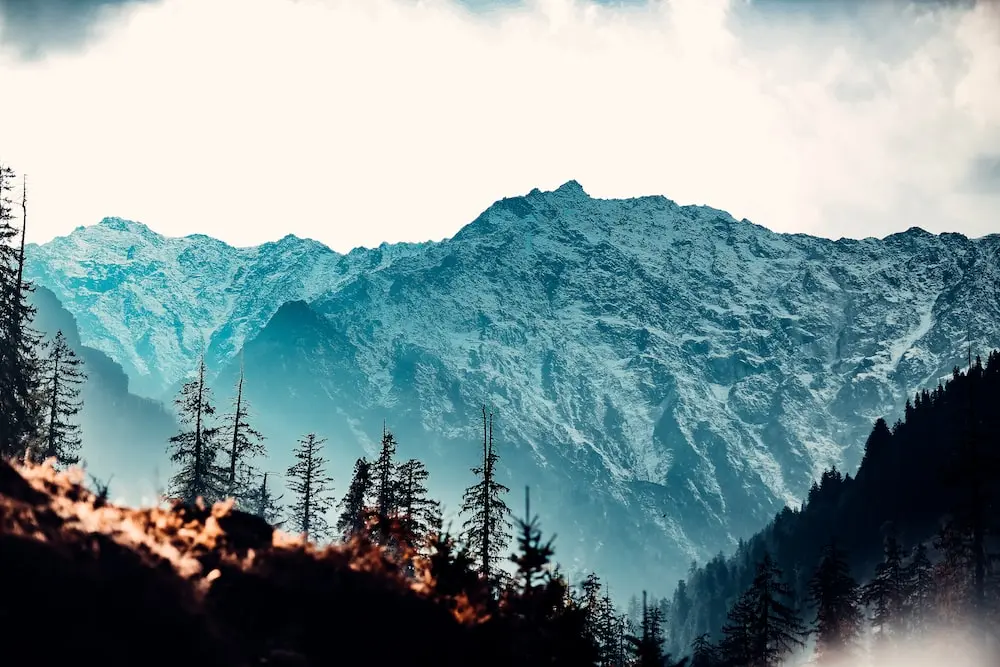
Mussoorie is very well-known as the Queen of Hills and is very well situated in Uttarakhand, which is a perfect ...
Read More
Uttarakhand is a land of misty Himalayas, roaring rivers, serene forests and ancient temples. Without a doubt, it is one ...
Read More
Your Destination, Our Journey: The Anywhere Taxi Service Introduction In the hustle and bustle of city life, commuting can be ...
Read More
4 Dham Yatra with Anywhere Taxi Service 2024 Namaste! Anywhere Taxi Service company greets you. We are your reliable ...
Read More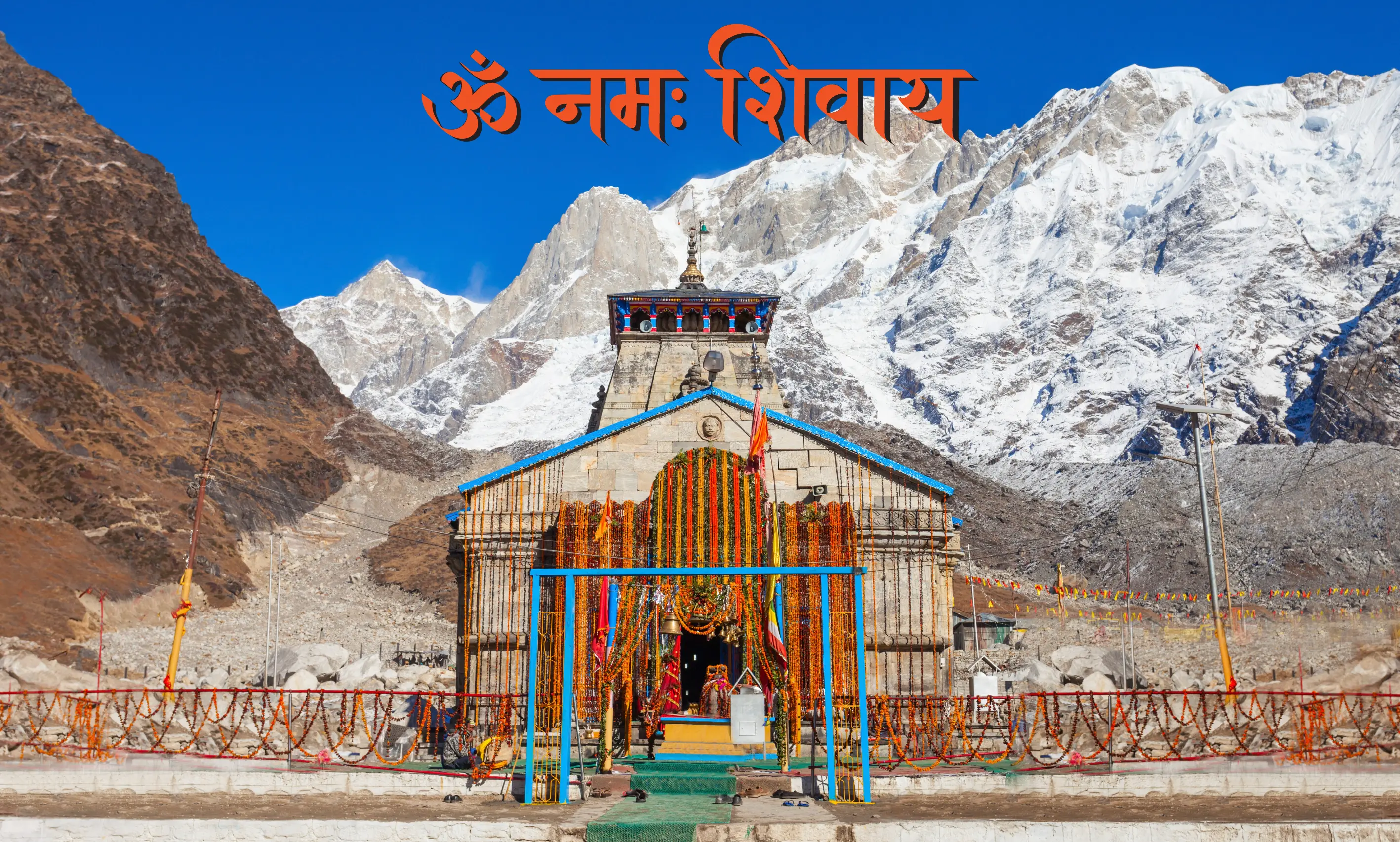
The journey to Kedarnath, a holy Indian shrine, is a path to spiritual growth. Nestled in the majestic Garhwal Himalayas, ...
Read More
Introduction Traveling from Dehradun to Delhi can be a delightful experience, especially when you choose a reliable taxi service. The ...
Read More
Introduction Kedarkantha is a pretty peak within the Govind Wildlife Sanctuary, part of the greater Himalayan National Park in Uttarkashi, Uttarakhand. ...
Read More
The trek itself is a challenging hike up the majestic mountain. Add in the winter wind and the competition increases ...
Read More
Introduction to Dehradun Airport Taxi Service Dehradun is well known for its beautiful weather and serenity. Its natural beauty attracts people ...
Read More- Taxi Service in Dehradun
- Dehradun Taxi Service
- Dehradun To Saharanpur Taxi Service
- Dehradun To Mussoorie Taxi Service
- Dehradun To Rishikesh Taxi Service
- Dehradun To Haridwar Taxi Service
- Dehradun To Nainital Taxi Service
- Dehradun To Chopta Taxi Service
- Dehradun To Tehri Taxi Service
- Dehradun To Auli Taxi Service
- Dehradun To Jim Corbett Taxi Service
- Dehradun To Haldwani Taxi Service
